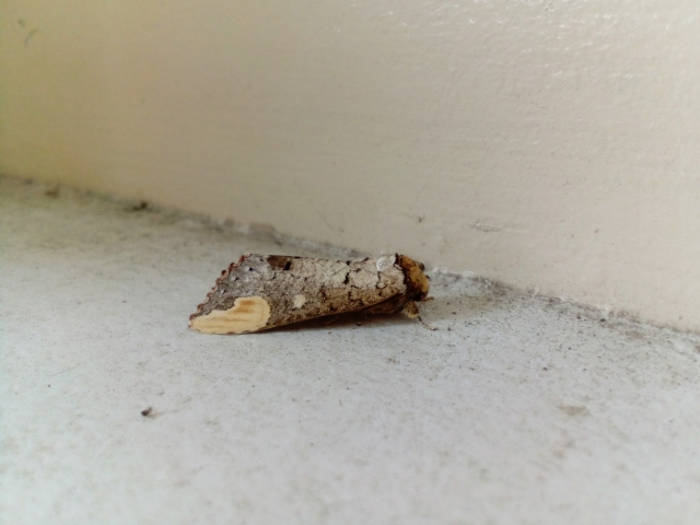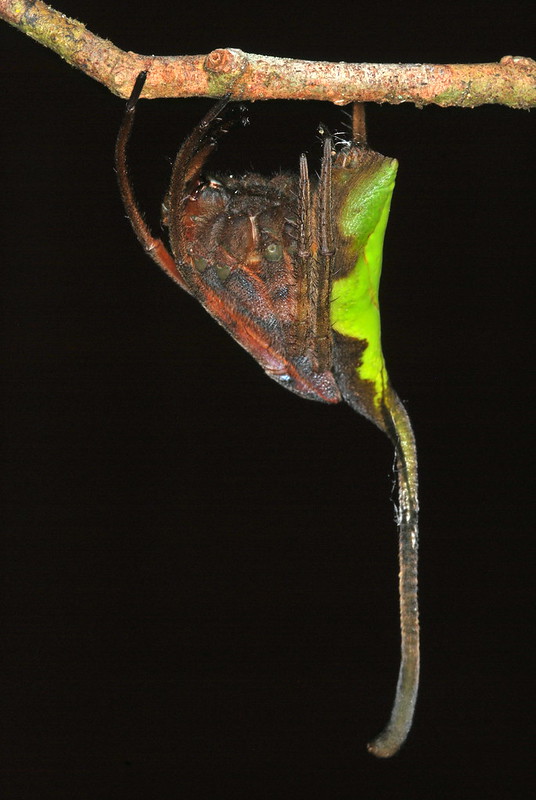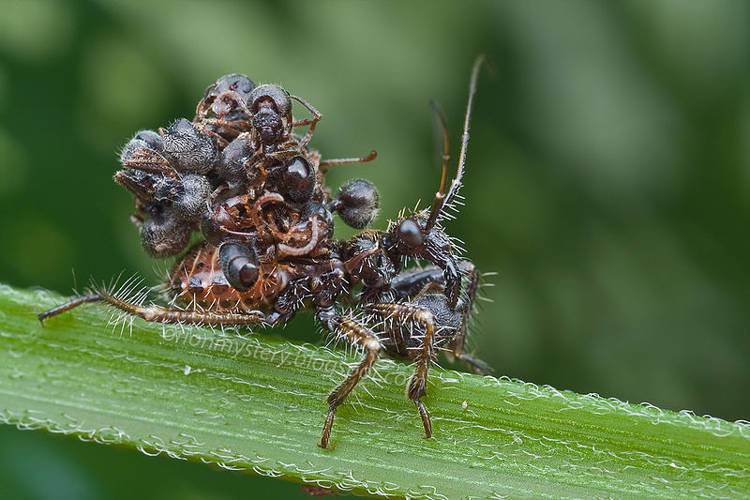Perfectly-Camouflaged Moth Looks Like a Twig Fragment

Tsumaki Shachihoko is a rare Japanese moth that features impressive natural camouflage which allows it to perfectly mimic small twigs in order to avoid predators. We’ve always found natural camouflage fascinating here at Oddity Central, and simply searching the term in our search box will yield over a dozen amazing examples of natural mimics. Today […]
This Spider Masquerades as a Fallen Leaf to Avoid Predators

Poltys mouhoti, aka the Rolled-up Leaf Spider, is a fascinating arachnid that uses incredible camouflage to protect itself from predators during the day. Native to Vietnam, but also spotted in other Asian countries like Cambodia, Thailand or Malaysia, the aptly-named rolled-up leaf spider is part of the Poltys genus of spiders, which numbers 43 known […]
Tiny Assassin Bug Wears the Bodies of Its Victims as Camouflage

The assassin bug is a fascinating insect for many reasons, but the one that really stands out is its gruesome camouflage, which consists of the carcasses of its victims glued to its back. There are around 7,000 known species of assassin bugs in the world, ranging from 4 to 40 mm in length and sharing […]
